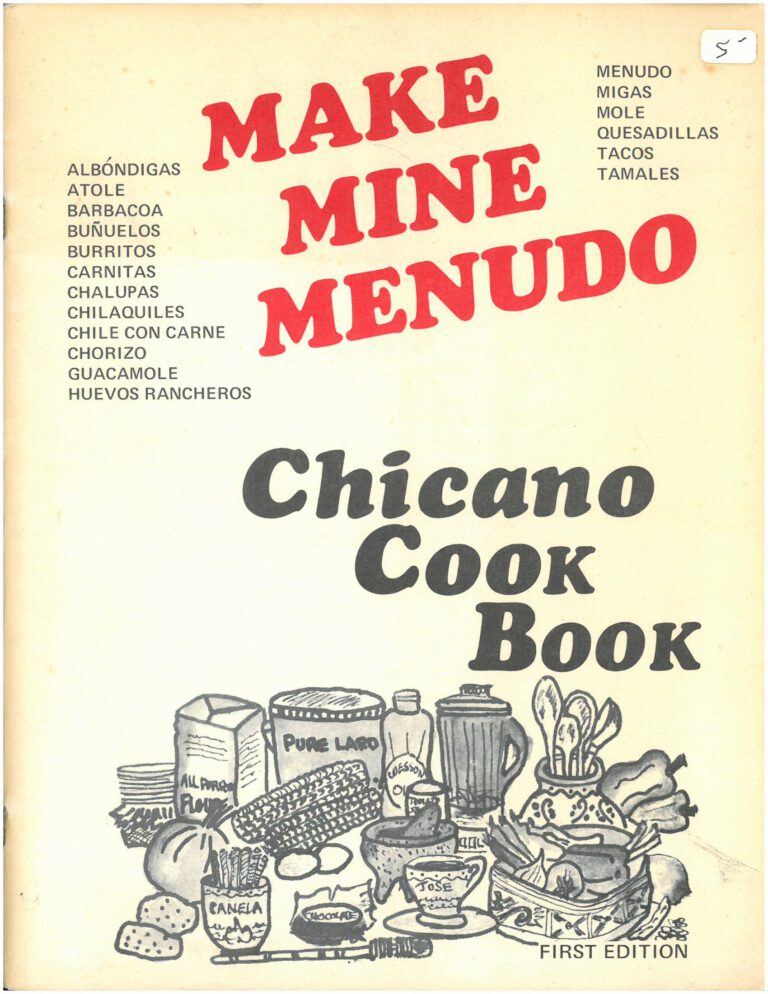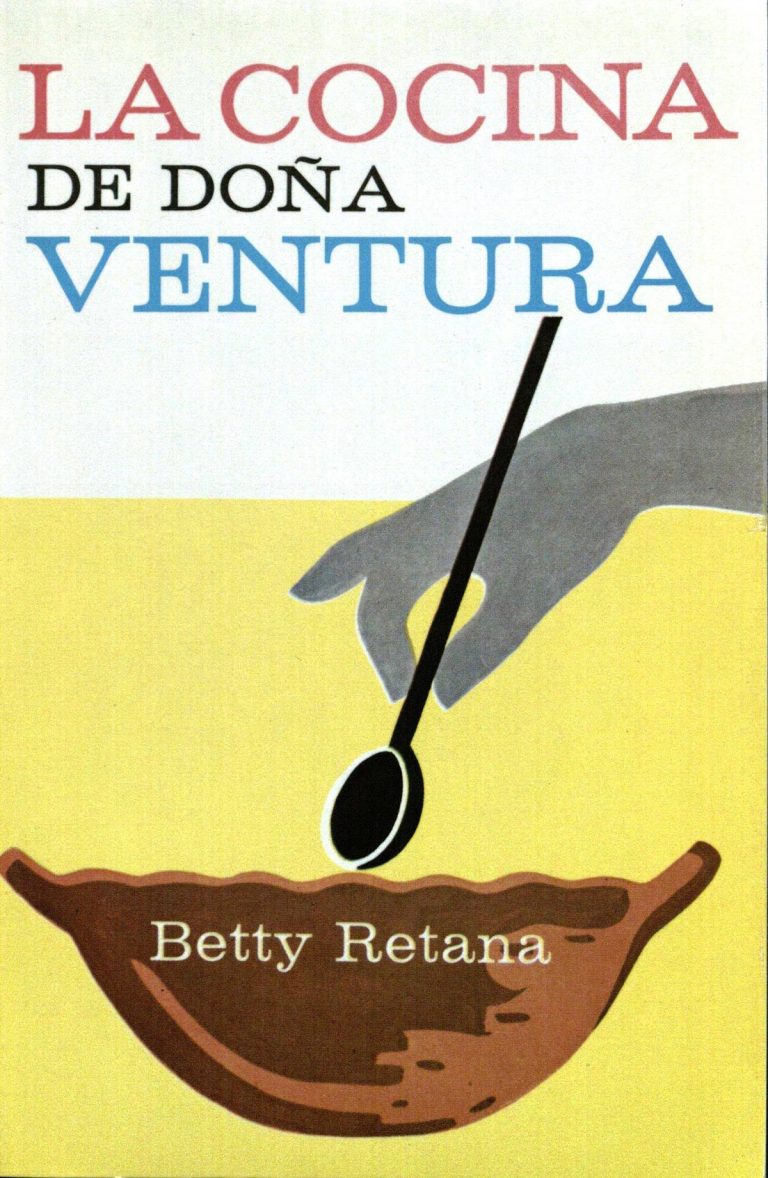Mole Negro 2000 (Black Mole)
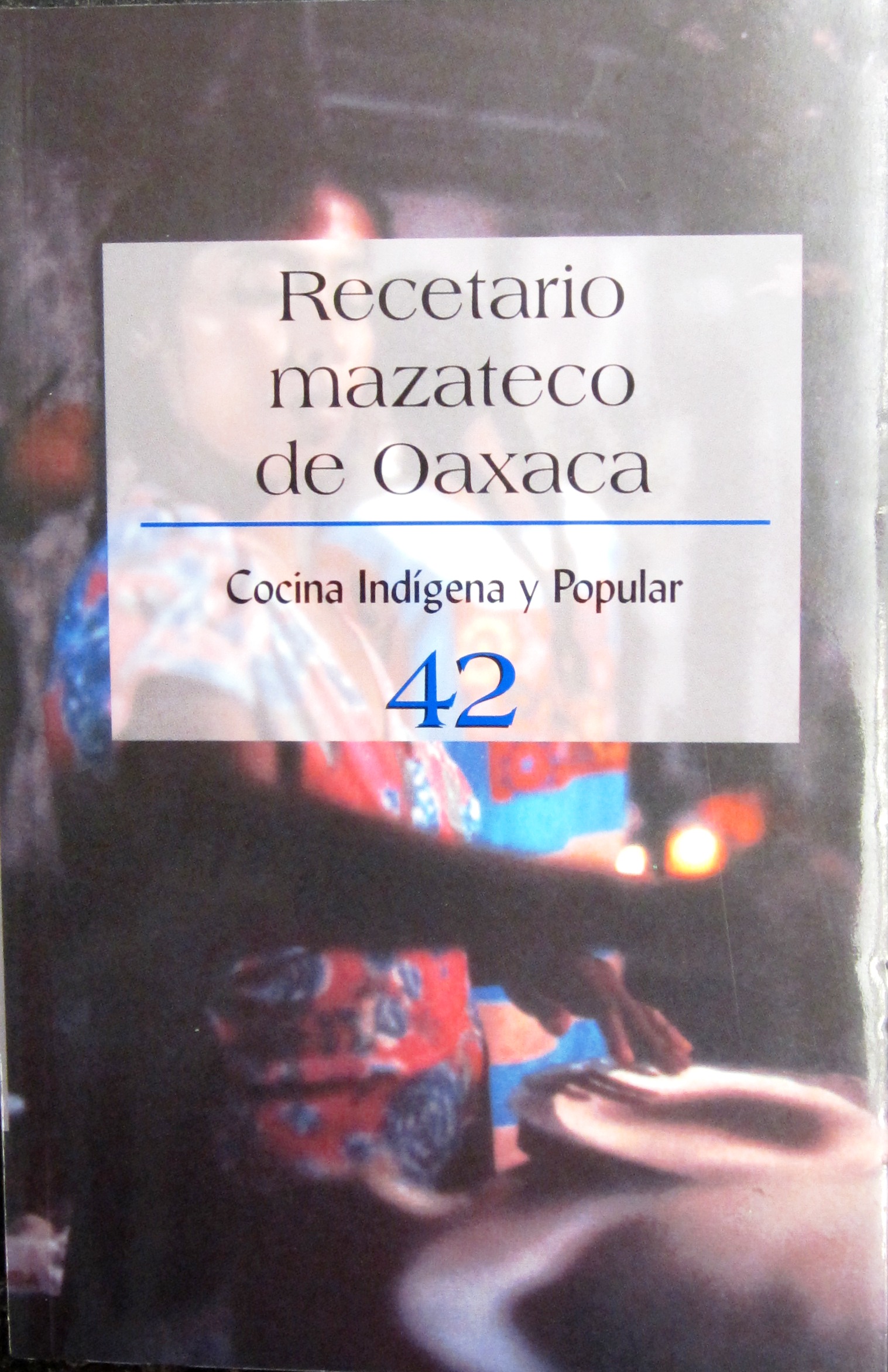 Merlin Arango, Roger, and Josefina Hernandez Lopez. Recetario Mazateco de Oaxaca. Mexico, D.F.: Conaculta, 2000. P. 74. [TX716. M4 M47 2000]
Merlin Arango, Roger, and Josefina Hernandez Lopez. Recetario Mazateco de Oaxaca. Mexico, D.F.: Conaculta, 2000. P. 74. [TX716. M4 M47 2000]
Oaxaca, located in southwestern Mexico, is well known for its moles. In fact, Oaxaca is referred to as the “Land of the Seven Moles!” Although mole negro, or black mole, is the most celebrated of the moles, there are many others all with distinct colors and flavors. As is obvious by the name, mole negro is a dark mole with a sweet hint brought on by the addition of chocolate blended into the many flavorful ingredients. However, there is a rainbow of mole colors, depending on the chiles and other ingredient used. For example, not only is there black mole but also red, yellow, green and more! Each produces a distinct and delicious aroma and flavor that is used to season chicken, fish, pork, or vegetables.
I chose to make Mole Negro, a delicious mole described by Doris Friedensohn as “a rich, succulent, nuanced, black-brown sauce” (Friedensohn). Being a huge fan of mole, I couldn’t wait to try this recipe, which calls for chocolate as one of the ingredients. When I first tried dark mole, I was a bit confused as to why and how chocolate could possibly make chicken taste better. It only took one bite to realize there was more to the taste of this particular mole than the chocolate! With the light spice brought on by the chili in the sauce and the familiar taste of cumin that is included in many Mexican dishes, the slight sweetness of the chocolate finishes the mouth-watering bite of the chicken and leaves a pleasant after-taste.
Mole Negro – San Pedro Ixcatlan ( iks-ca-tlan)
- 1 kilo de chile ancho
- 1 cabeza de ajo
- 2 cebollas
- 6 pimientos
- 3 clavos
- 2 plátanos machos maduros
- 100 gramos de pan tostado
- 100 gramos de ajonjolí
- 10 gramos de comino
- 2 rajitas de canela
- 2 piezas de chocolate casero
- 1 kilo de jitomate
- 1 guajolote
- 1 litro de aceite
Preparación:
Se fríen los ingredients por separado, except el guajolote, cuidando que no se quemen, posteriormente se muelen en el metate o en un Molino de mano. Se fríen los ingredients para obtener una pasta, agregándole caldo de pollo, cuando tiene la consistencia deseada se le adiciona el pollo, la carne de Puerco o guajolote, éste es un platillo propio de las bodas. Rinde para 15 personas.
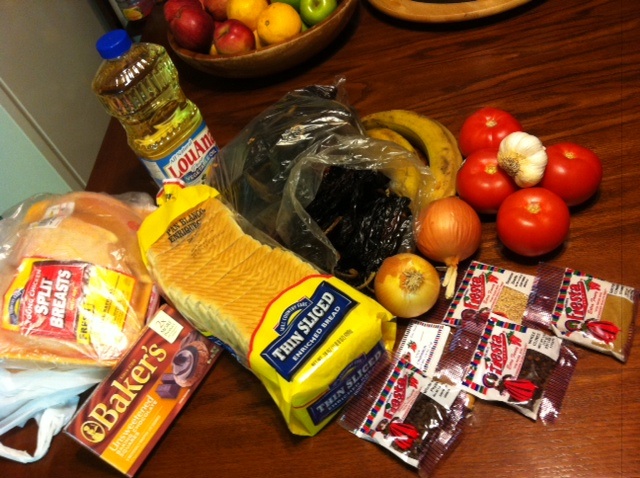 In the Kitchen:
In the Kitchen:
Excited to choose this recipe, I still had no idea what I was getting myself into. The plan was to make this Mole Negro dish to share with my friend’s family for Thanksgiving. His family is of Mexican descent and I was sure I could impress with my unique version of a common dish they have indulged in many times before. The first thing I needed to do was to get this recipe translated from Spanish to English. My friend’s father is fluent in both languages so: problem solved!
Black Mole – San Pedro Ixcatlan ( iks-ca-tlan)
- 2.2 lbs Chile Ancho
- 1 entire head of garlic
- 2 whole onions
- 6 whole black pepper corns
- 3 cloves
- 2 plantains (can substitute bananas if need be)
- 100 grams toasted bread
- 100 grams sesame seed
- 10 grams cumin
- 2 strips of Cinnamon stick ( not necessarily the whole stick)
- 2 pieces of backing chocolate (didn’t specify size)
- 2.2 lbs red tomato
- 1 turkey
- 1 L oil
Preparation:
Fry the ingredients separately, except the turkey, being careful not to burn them. After you have cooked everything, grind all the ingredients in a metatate or hand mill (or a food processor). Fry the ingredients to obtain a paste, adding chicken broth to get the desired consistency. Once you have done so, add the turkey, chicken, or pork. Mole Negro is a suitable dish for weddings and serves approximately 15 people.
Next was to obtain all the ingredients. Being that I had no idea what a Chile Ancho was, I needed guidance with shopping as well, but HEB came through for me completely!
I decided not to use turkey as called for in the recipe because we were already having that for dinner. Also, the recipe allows substitutions and chicken is a bit more in my budget. The recipe also required oil. Although not certain what type of oil to use, I decided on vegetable oil since I was familiar with it and had it at home. The only other issue I experienced was trying to choose the type of chocolate to use: unsweetened, semi-sweet, or regular baking chocolate. After much contemplation I chose unsweetened.
Getting started in the kitchen was simple. I began by boiling the chicken, since I could just let that go and work on the rest. I had to get some advice on preparing the Chile Anchos because there were no directions (2.2 lbs. of dried chiles is a whole lot!). Luckily I had some great advice to soak them before I worked with them. Furthermore, I learned that I needed to de-seed the chiles, then toast them.
Next, I fried everything in oil and pureed it as instructed. My friend and I tried the sauce at this point and agreed it needed a more sweet taste. Apparently, unsweetened baking chocolate was not going to do the trick. I added some double dark chocolate I had in the cabinet and it tasted wonderful! After deboning the chicken, I topped it with the sauce and mixed it until coated. I put it in the oven to heat through and served it. The final product was a hit! Although it was a bit different from what all of us were used to, the reviews from my friend’s Mexican family were fantastic. As a matter of fact, I was asked to do it again next year!
Works Cited
Friedensohn, Doris. Eating as I Go Scenes from America and Abroad. Lexington : The University Press of Kentucky, 2006. Library Catalog UCAT. Web. 12 Nov. 2011.
“Oaxaca’s Mysterious Marvelous Misunderstood Mole.” Oaxaca-Restaurants.com . ZAPOTEL 2000-2006. Web. 15 Nov. 2011 https://www.oaxaca-restaurants.com/oaxaca-mole.htm


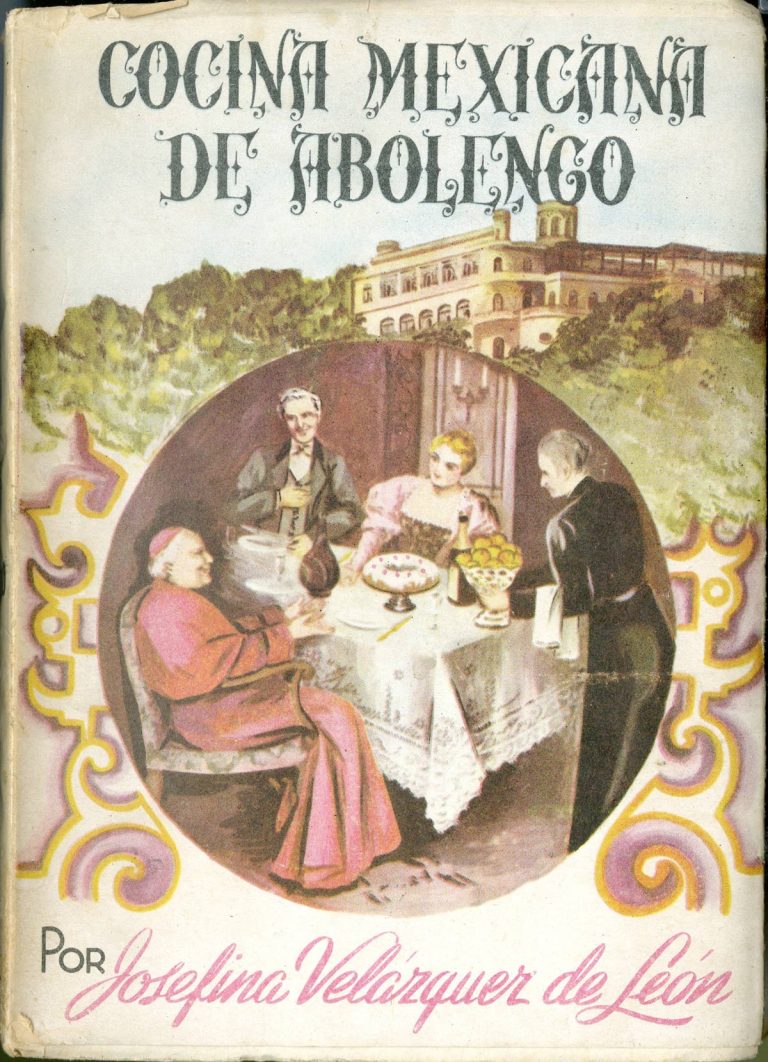
![Front cover of La Cocina de la Vasconia [194?]](https://lacocina.utsa.edu/wp-content/uploads/2012/05/txsau-tx716-m4-c628-1940z-vasconia-cover-2-768x1010.jpg)
